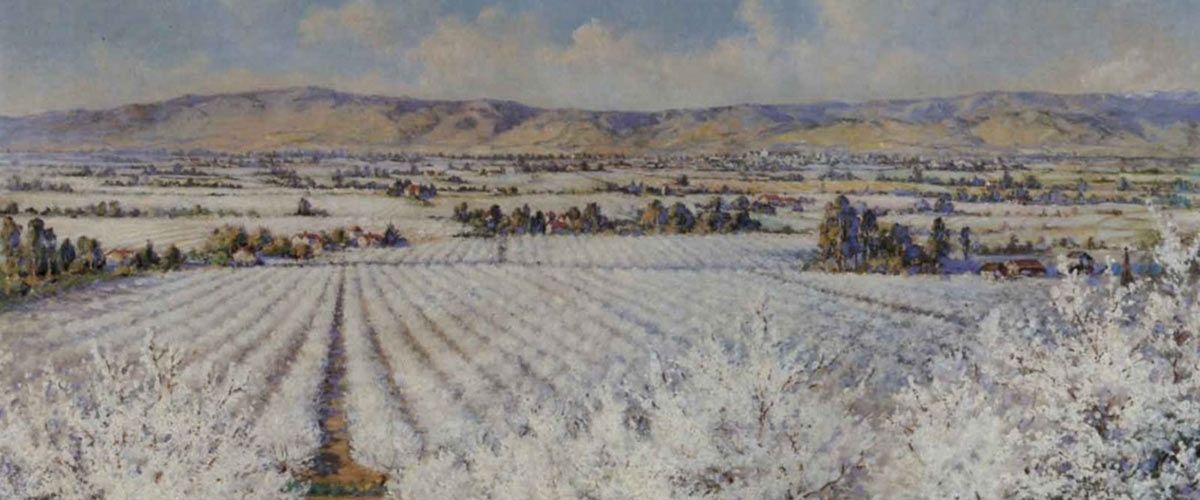
Managing Landscapes to Promote Diversity
The Open Space Authority manages over 20,000 acres of land in the foothills of the Santa Cruz and Diablo range mountains, protecting native plant communities and safeguarding habitats for wildlife. In order to help manage the local biodiversity of these open spaces, the Authority employs livestock grazing.

Livestock grazing is a science-based management tool used to maintain grassland habitats, promote growth of native plants, and cut down wildfire risks. Cattle will graze exotic annual grasses that threaten native plants and animals by competing with them for food, water, and space. This process creates available soil for growing native plants and promoting plant diversity. Grazing is especially important in serpentine grasslands that provide habitat for the rare Bay checkerspot butterfly.
The butterfly depends on cattle to eat exotic plants that are competing with its native host plants. Thanks to cattle grazing, the Bay checkerspot butterfly populations have increased and now thrive on Authority lands. Ranching remains a vital part of the local agricultural economy, and grazing on Authority’s land contributes to the viability of private ranches and encourages appreciation for the county’s rural agricultural heritage

The primary goal of livestock grazing on the Authority’s lands is to conserve biodiversity, while protecting watersheds and water quality, cultural resources, scenic and aesthetic values, and recreational opportunities. Secondary goals include reducing the threat of wildfire and promoting agricultural viability in the region.
To learn more about the Open Space Authority’s grazing program and how it benefits the Santa Clara Valley, please refer to our Grazing Management Policy